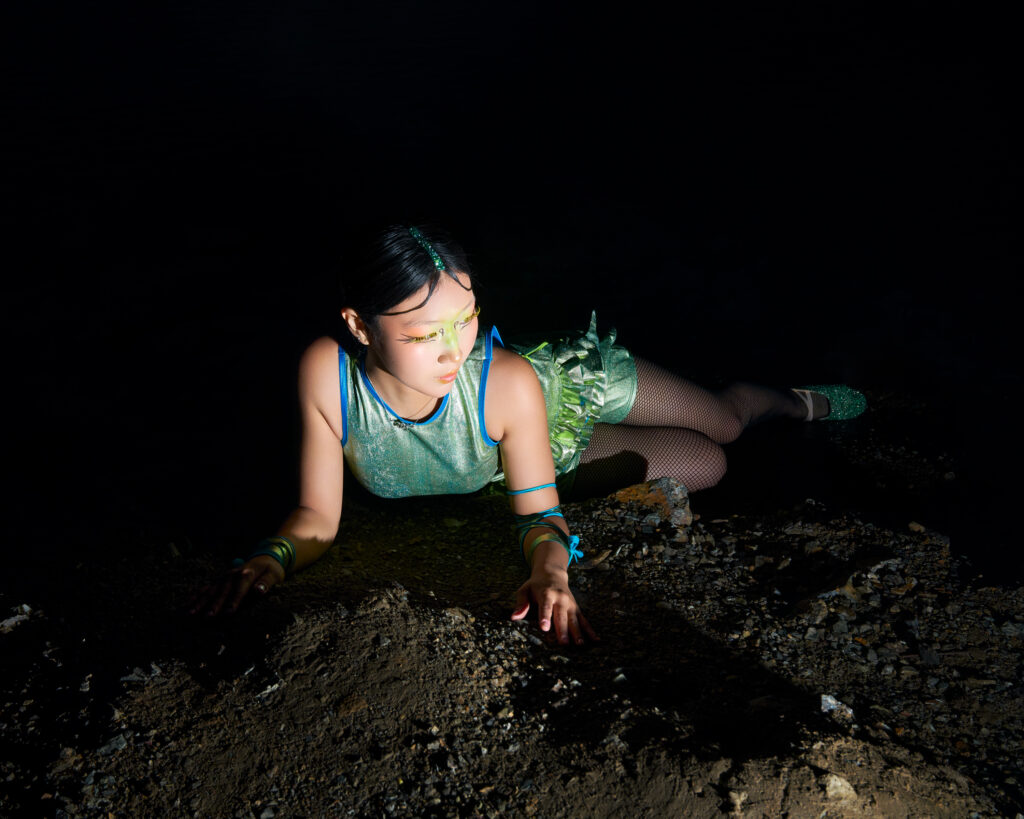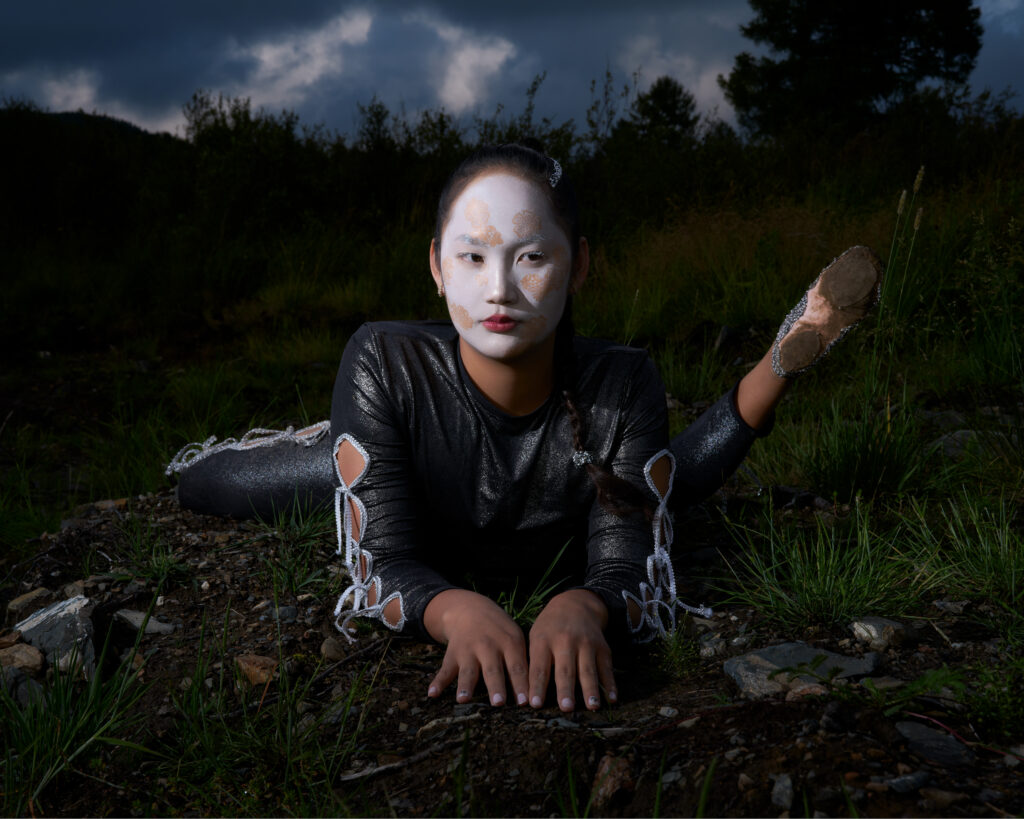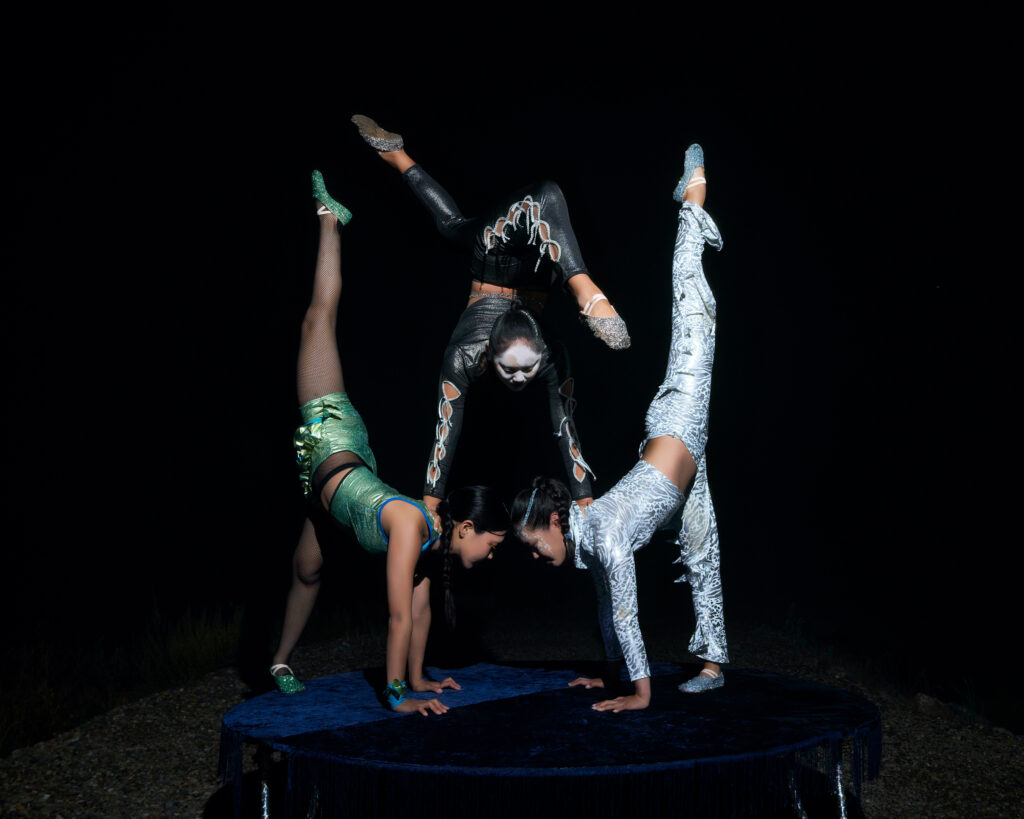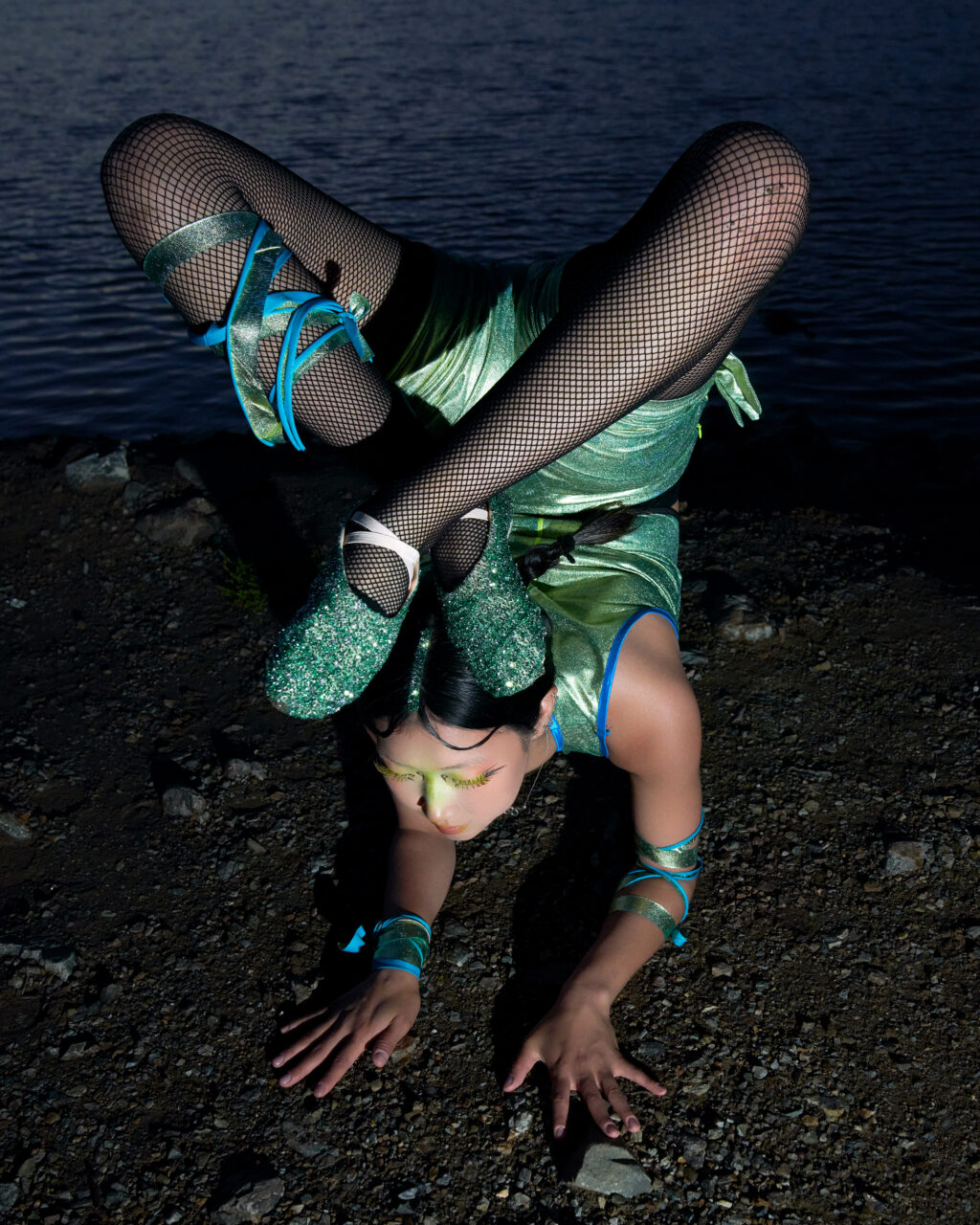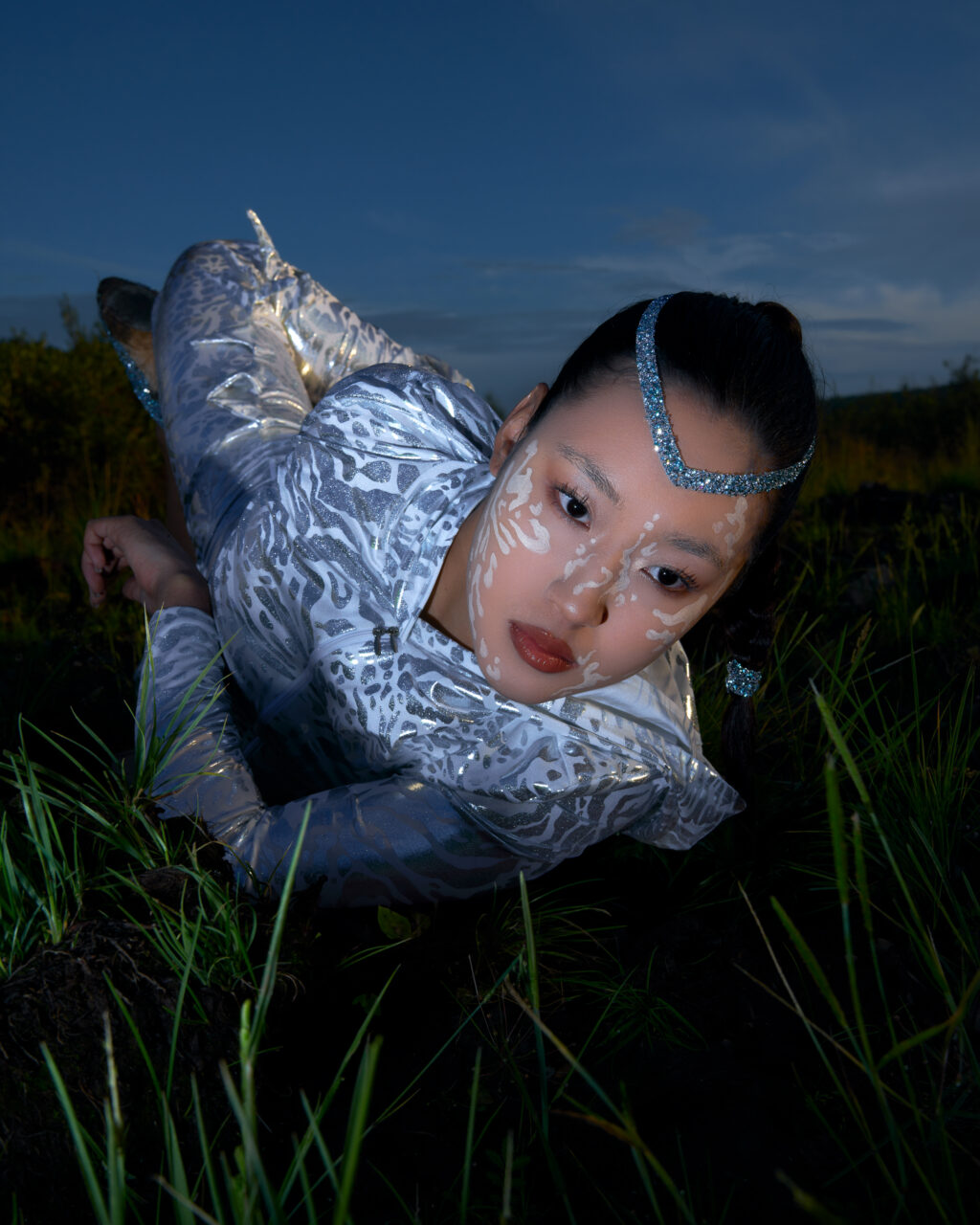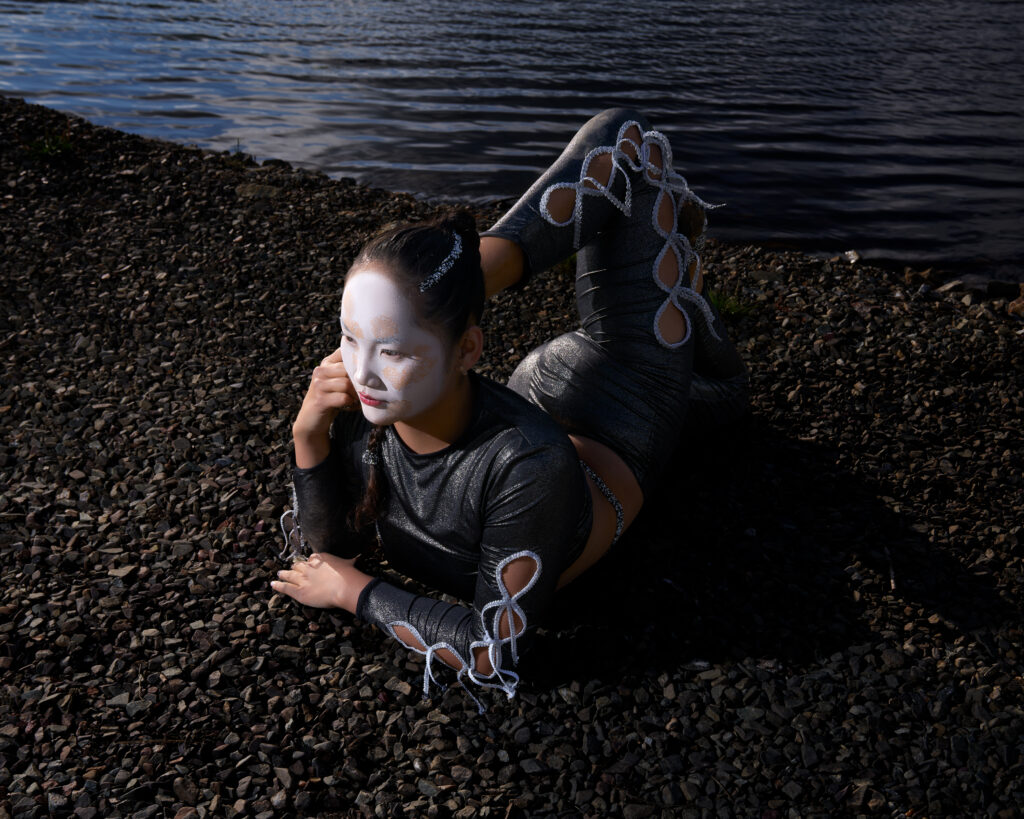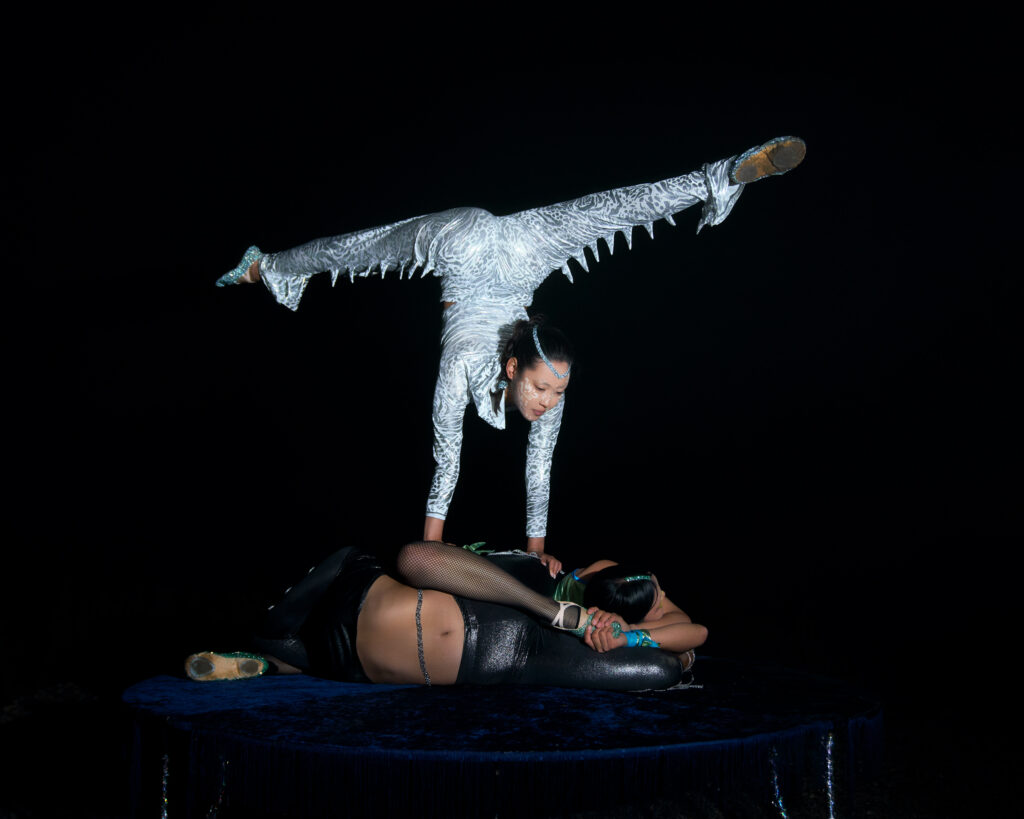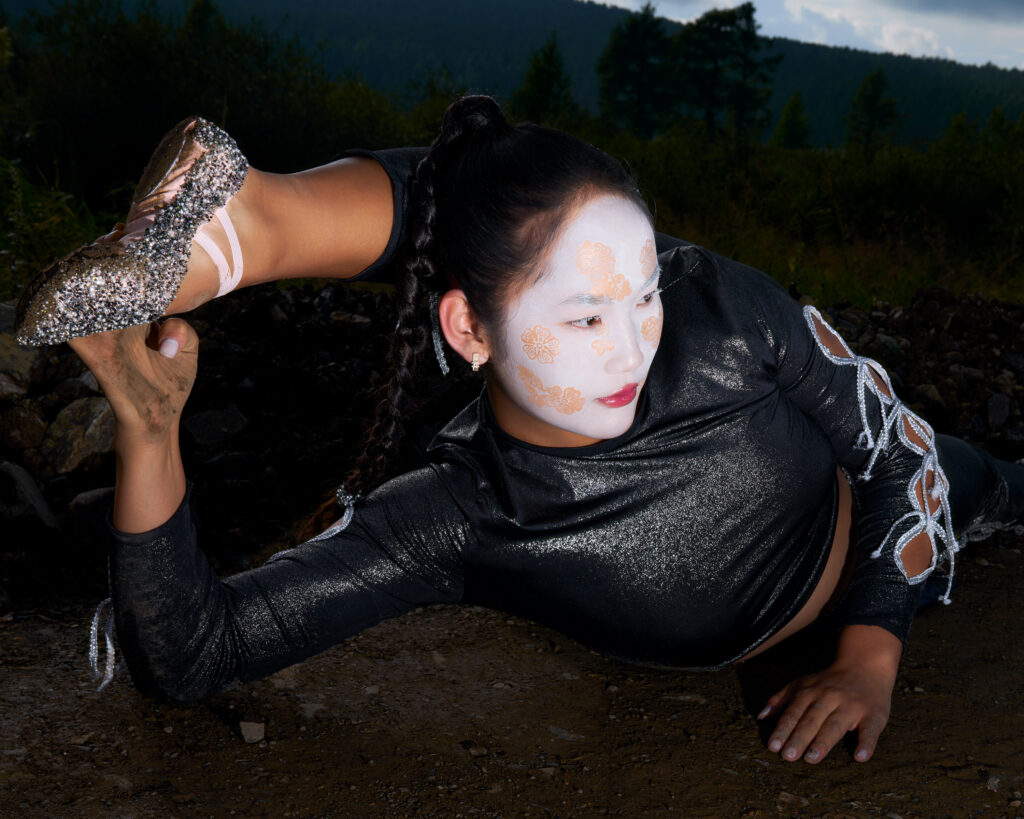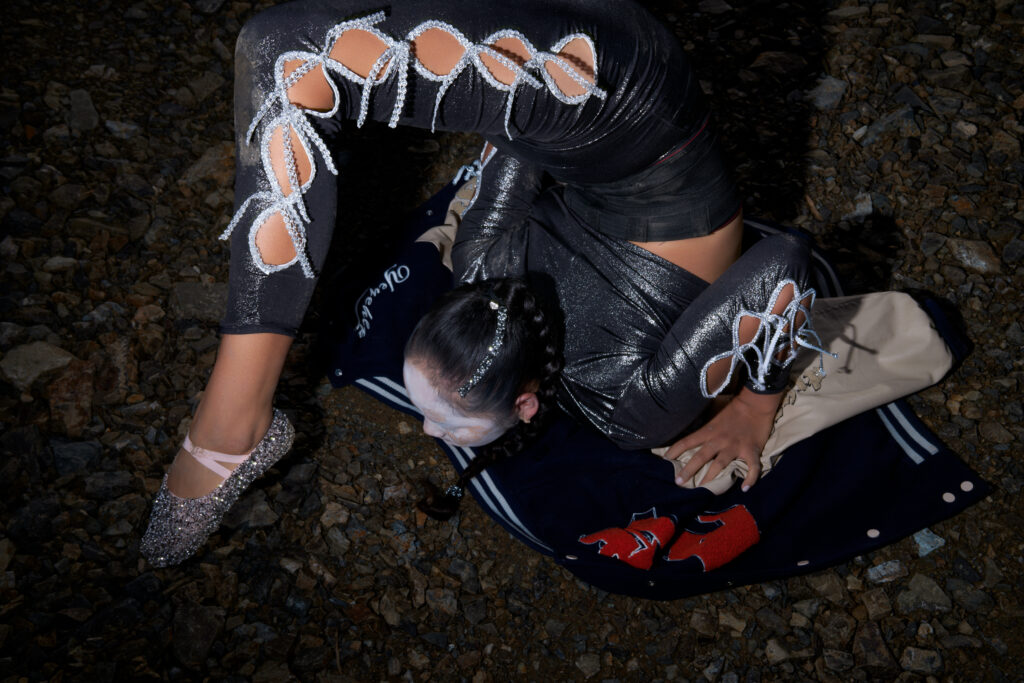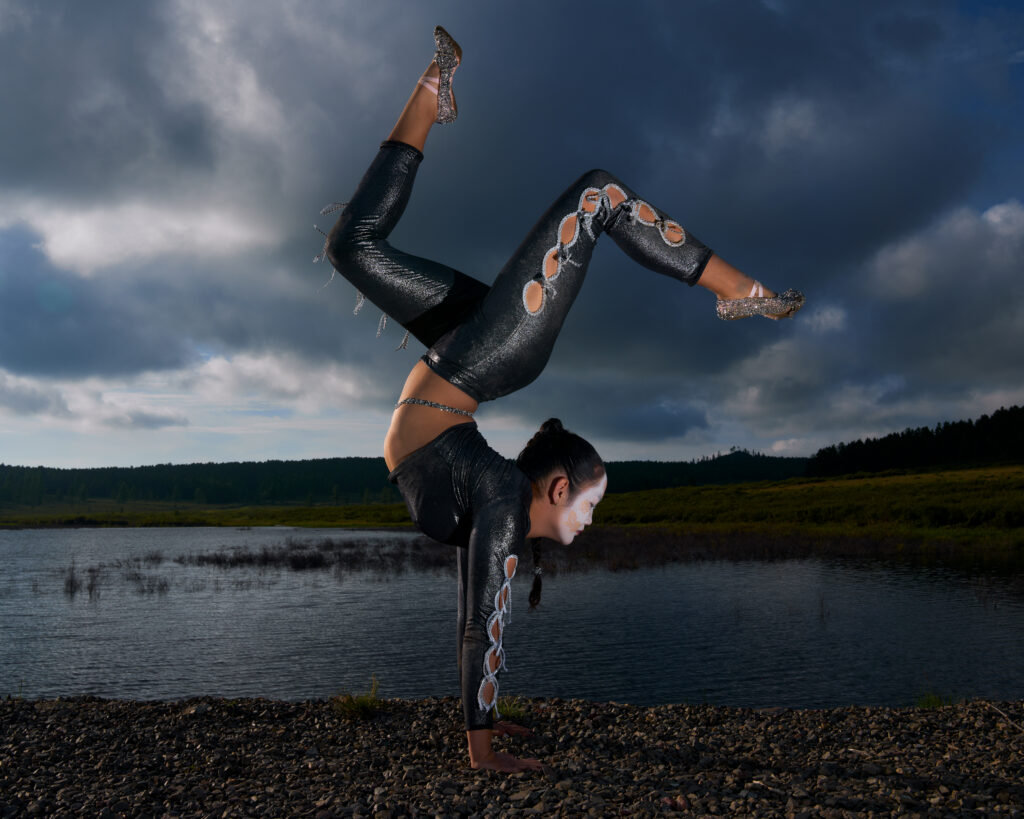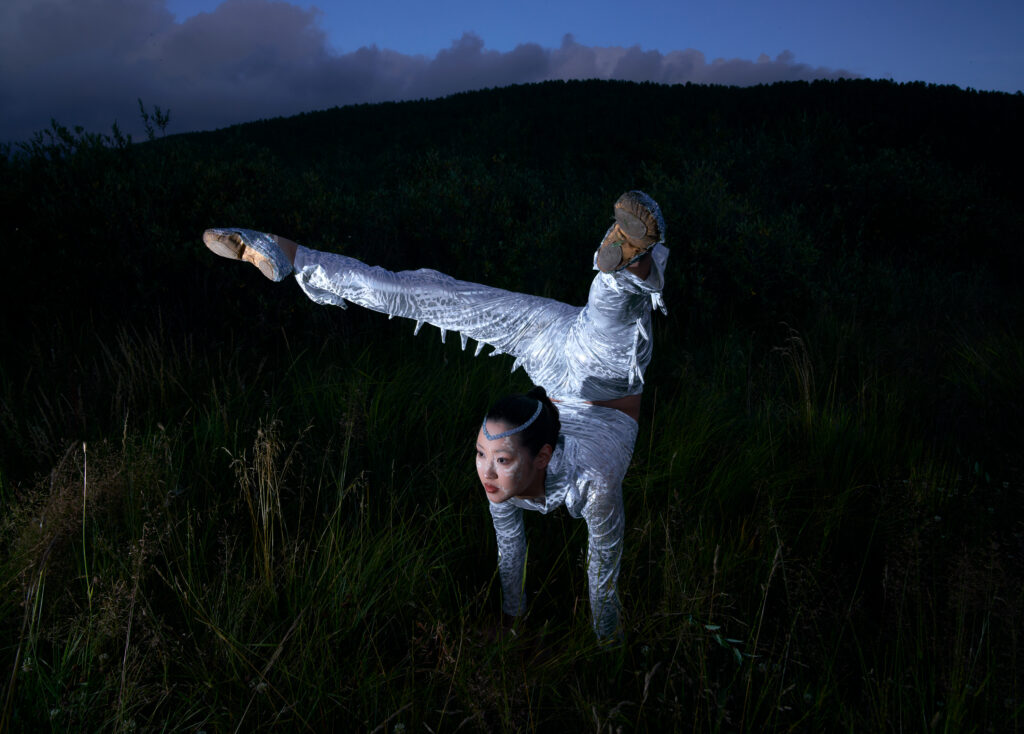
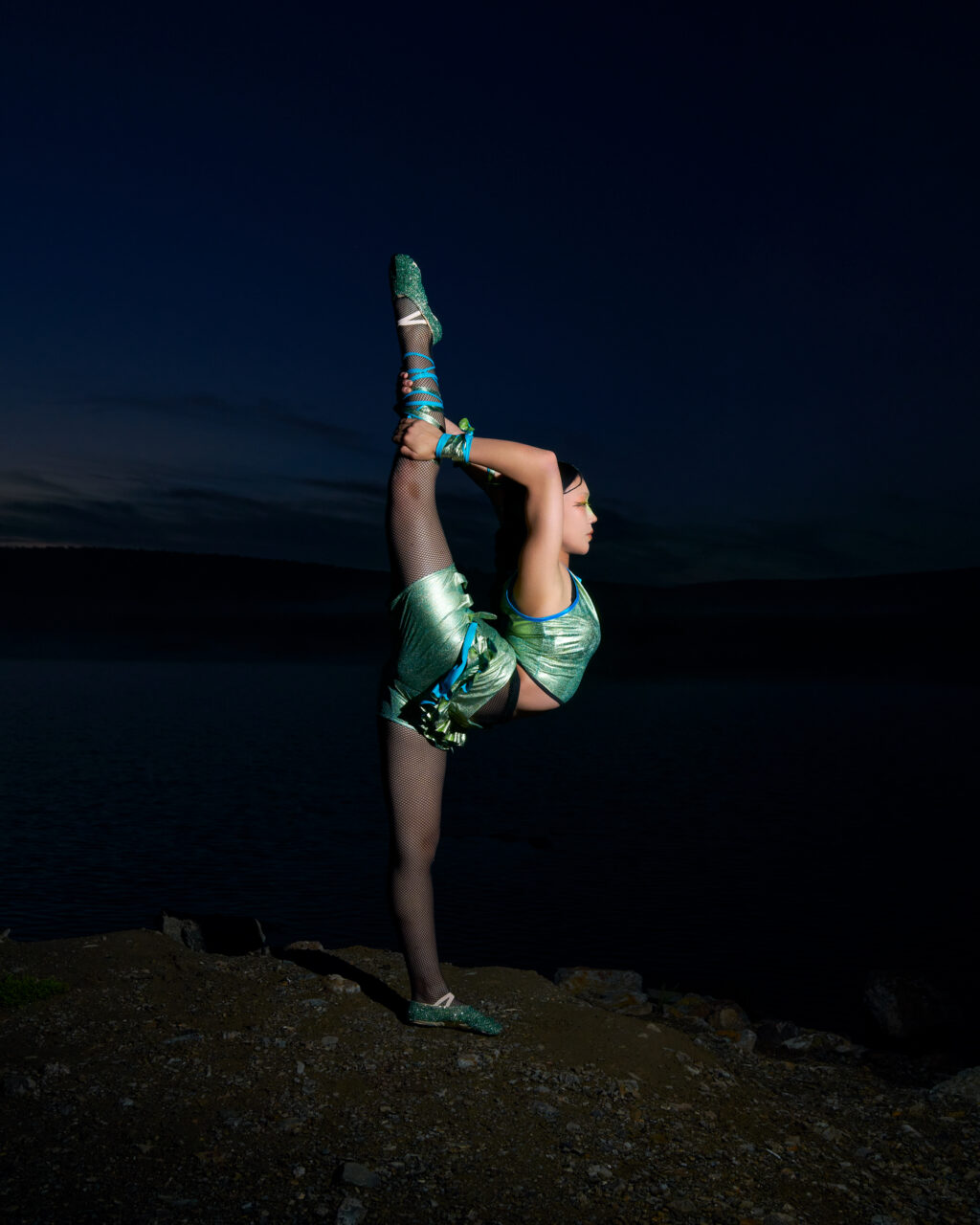
Uran Nugaralt, meaning “artistic bending” in Mongolian and known internationally as “Mongolian contortionism,” has captivated audiences since the 12th century. Once a highlight of royal celebrations and festivals—sometimes even performed by rulers—this art form gained new inspiration in the 1680s when Öndör Gegeen Zanabazar, a Buddhist leader and champion of Mongolia’s cultural renaissance, inspired practioners with elements drawn from his intricate Buddhist Tara sculptures. Trainers like Norovsambuu Budbazar trace its roots even further back to Biyelgee, a traditional dance in which kneeling dancers bend so deeply that their backs nearly touch the ground.
The establishment of the State Circus in the 1940s elevated contortion to a professional level, offering many young Mongolian girls a path to international stages. Yet despite its rich heritage, traditional Mongolian contortion is now in decline, as many practitioners pursue opportunities abroad. In 2011, UNESCO declined to designate it as national heritage, intensifying the need to preserve it within Mongolia.
Today, photographer Narantsetseg Khuyagaa and her team capture Uran Nugaralt’s elegance, strength, and rhythm, documenting both its statuesque poses and the training behind them. Through this photo series, they celebrate the beauty of the art while sparking a conversation on its uncertain future.
